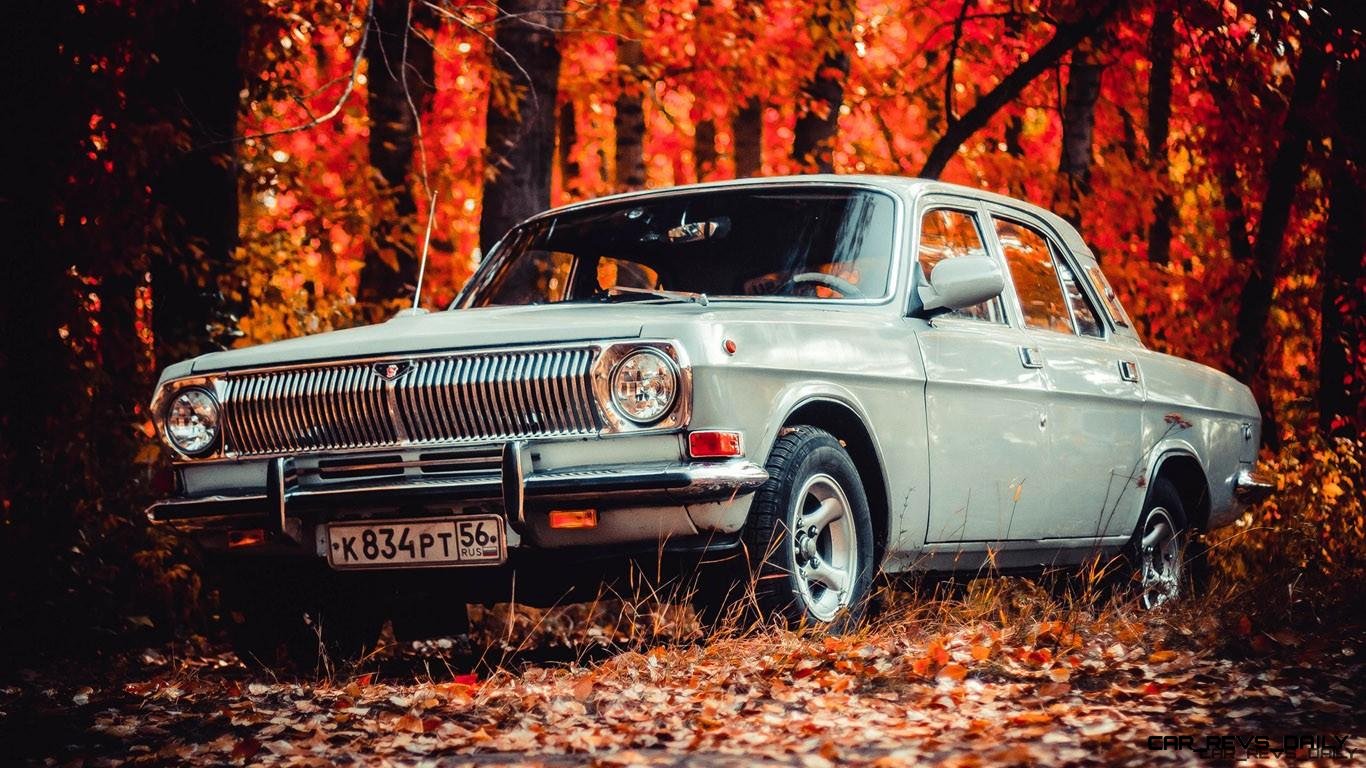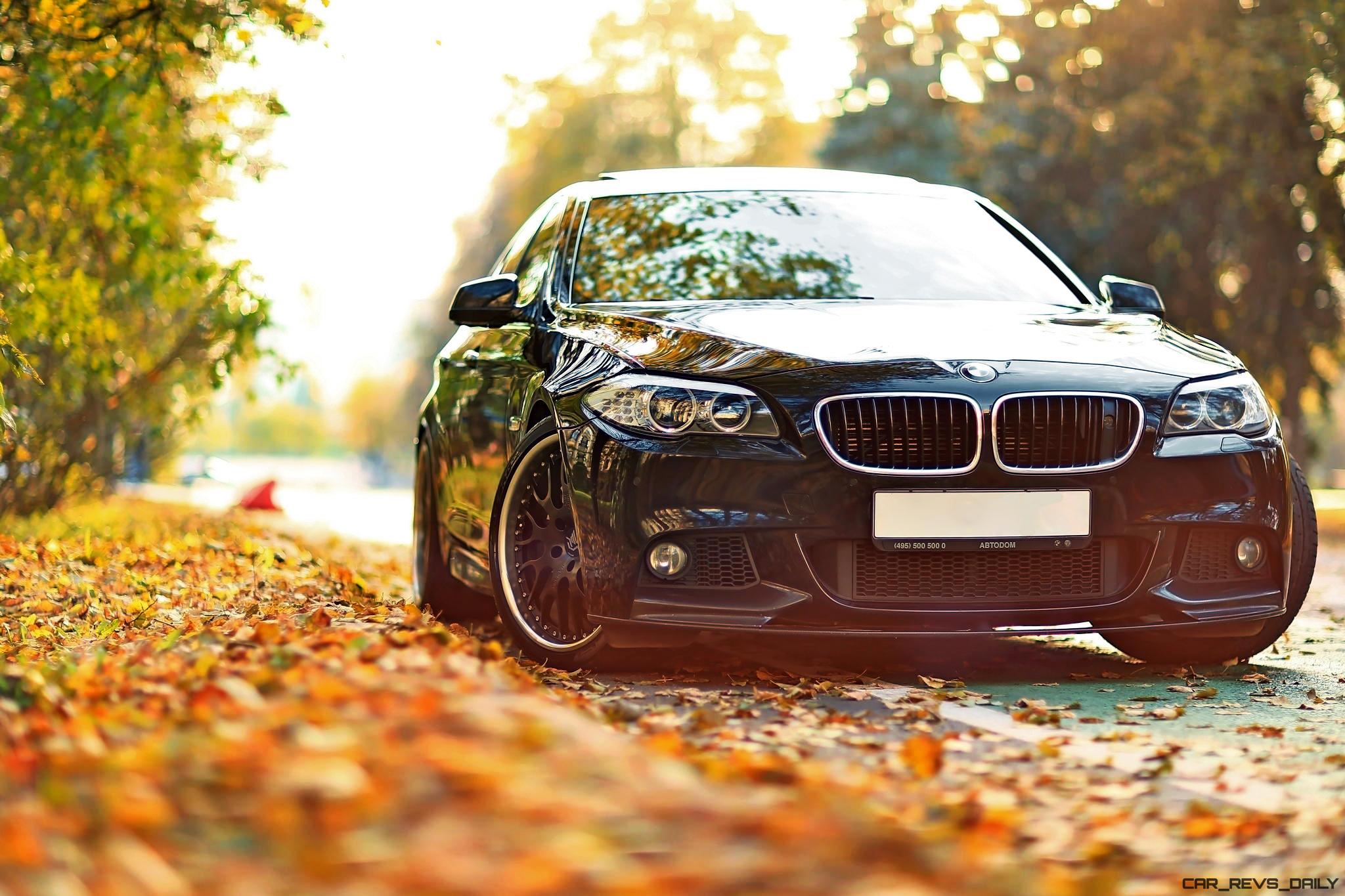Fall is fast approaching, and with it comes cooler weather. While we might all welcome a respite from the heat, the best time to prepare your car for cooler temperatures is before it starts to get really cold. What do you need to do to get your car ready for winter?
Do Your Maintenance
Hopefully you’re keeping up with your regular maintenance, but a round of fluid replacements and other inspections should be your first step for cold-weather preparation. Start with:
- Fluids — Check all your fluids. Top them off if they’re low, or change them if they’re looking dirty or burnt.
- Inspect your rubbers — Broken belts and holey hoses can leave you stranded on the side of the road any time of the year, but during the winter, colder temperatures can make those breakdowns even more dangerous. Inspect your belts and hoses for signs of wear or indications they need to be replaced.
- Change your filters — Oil and air filters should be changed regularly to keep your car running correctly. While you’re at it, change your cabin air filters, as well.
- Check your antifreeze — Make sure you’re using the proper antifreeze for your area’s local temperature. If you’re not sure or have been topping it off with water all summer, drain your antifreeze and replace it with the proper 50/50 mix of water and antifreeze.
Prepare Your Garage
The best place to keep your car during the cold winter months is in a garage. If your garage is full of stuff and being used for overflow storage from your house, this is the perfect time to start cutting the clutter and cleaning up.
Once you’ve got room for your car, consider taking some steps to winterize your garage. Inspect and insulate your garage door and walls to keep heat in — even if you don’t plan to directly heat the garage, it helps keep the interior of the room warmer.
Not only is your garage a safe place to keep your car, but it also helps protect any pipes that might be running through the garage and gives you a warm place to work on your car if you decide to do any maintenance or repairs once temperatures fall.
Check or Replace Tires
Snowy or icy roads are hard to drive on at the best of times, and worn tires or tires not designed for those conditions can make it even more difficult.
If you’ve got summer tires installed on your car, swap them out for winter ones. If you’ve already got winter tires installed, check their tread and look for any signs of wear that might indicate the tires need replacement or that your car is having alignment problems.
If you use chains, now is a good time to check them as well, to make sure they’re still in good shape. You may not need them, but if you do, the last thing you need is a broken link!
Refill Your Emergency Kit
This is more for your safety than for your car, but it’s a good thing to remember when you’re preparing your car for cooler weather — check and restock your emergency kit. You should always have an emergency kit in your car, no matter what season it is or what type of climate you live in. For cooler weather, though, you should have:
- Flashlights, radios, extra batteries, emergency cell phone
- Blankets and/or extra clothes — If you get stranded, you’ll need to bundle up to keep warm.
- Water and food — Stock your car with nonperishable foodstuffs you can eat if you get stranded.
- Flares or cones
- First-aid kit
- Tire repair kit and/or spare tire — Make sure your jack works as well, and consider adding a couple of jack stands.
- Jumper cables
- Shovel to dig out your tires, and a bag of sand or kitty litter to help with traction
- Ice scraper
Add anything else you think you might need if you get stranded on the side of the road in cold weather.
We’re all looking forward to temperatures dropping after the record high temperatures this summer. Take some time to make sure your car is as ready for cooler temperatures as you are.




Scott Huntington is a writer and car fanatic from Harrisburg, PA.

